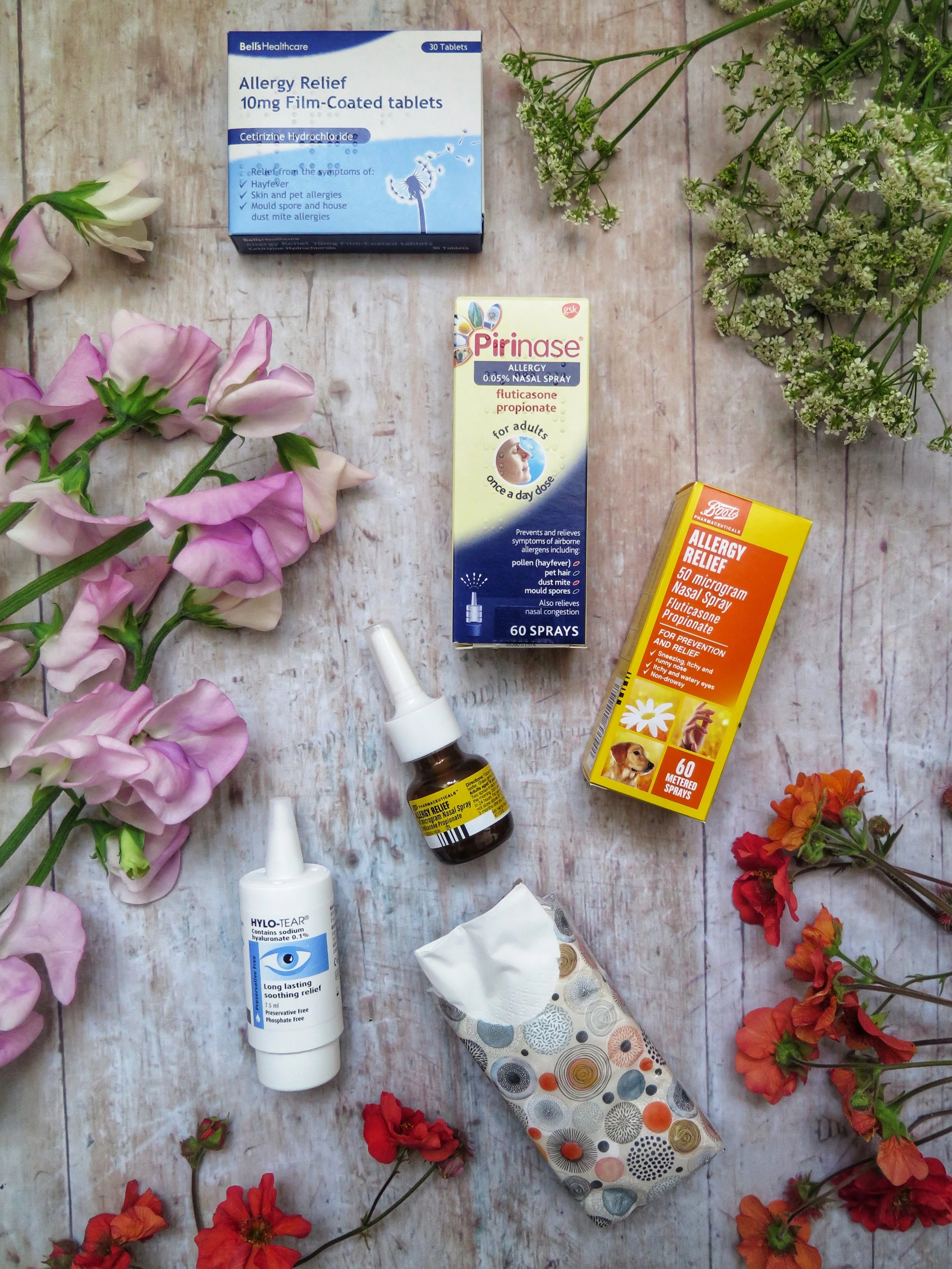Tick Bites: To worry or not?
Ticks. Horrid little things aren’t they? If you’ve got dogs you may well have had to remove one of the little blighters from them. But have you ever been bitten by a tick yourself? Most of the time it’s no big deal and you’re left just with a small red bite, which if itchy or uncomfortable might benefit from you taking a tablet antihistamine or applying some hydrocortisone cream to soothe it, both of which are available over the counter. Usually the tick is left in your skin and needs removing. You can buy tick removal devices from pet shops and your vet, or if you can’t get hold of one, use some fine pointy tweezers and slowly pull the tick directly upwards and it should just pop out. This way is less likely to cause the head to break off inside which can cause inflammation and infection. There is no evidence that applying Vaseline or alcohol to the tick or trying to burn it off will actually work so best to avoid these strategies. A simple tick bite with no sign of infection and none of the worrying signs described below does not need to be seen by your GP.
The thing we worry about is a condition called Lyme disease. This is caused by a bacteria called Borrelia burgdorferi which is carried by some ticks and then can be passed on to humans. The risk of the tick passing on the bacteria is higher the longer you leave the tick in your skin, so remove it as soon as you can. Often if the tick has passed on this bacteria, rather than just getting a red spot at the site of the bite, you will get a characteristic rash called a “bull’s eye” rash so called because it looks like the centre of a darts board. Rarely this rash can come on even up to 3 months after you have been bitten by the tick so it is important to be able to recognise what it looks like. If you get this rash you need to see a doctor as soon as possible or attend your local minor injuries unit and they will give you a course of antibiotics to hopefully prevent the complications of Lyme disease. The below photo shows what this characteristic rash looks like.
“Bulls-eye” rash photo from Lyme Disease UK
However not everyone who has the bacteria transmitted to them develops the rash. In about a third of people, instead of developing the rash, they develop a flu like illness with fever, muscle aches, headache and tiredness. If you get these symptoms after a tick bite, which again can be many weeks after the bite itself, see your doctor and they will do a blood test to confirm whether it is Lyme disease or not. They may well give you some antibiotics to start whilst waiting for the results.
If antibiotics are started quickly the condition normally improves within a week or two. However if the disease is not identified and antibiotics are not started you can develop more serious complications of Lyme disease which can include heart issues, neurological problems such as meningitis and facial droop, joint, eye or liver problems. Early identification and treatment should prevent these complications developing which is why it is important to deal with symptoms if the rash as soon as they present.
Obviously even better is to not get the tick bite in the first place. Avoiding areas which are known for ticks is sensible, such as fields with long grass, woodland and areas known to be inhabited by deer, however this is not really practical in the country as many people work in these areas, walk their dogs or do sport or outdoor activities there. Try to stick to the paths and wear long trousers when walking in tick-prone regions and choose boots or shoes rather than sandals. It might not look that great fashion wise but tuck your socks over your trousers on the outside so that no ticks can access your legs! If you work in or spend a lot of time in these areas perhaps consider getting some DEET insect repellent and make sure you have a shower or bath after coming in from outdoors, checking your skin on a daily basis for ticks and bites. Ticks are most commonly seen between April to June however there can be a second peak in the autumn months.
If you would like some more information on Lyme disease there is an excellent website run by the Lyme Disease UK charity which has a huge amount of information and resources, as well as providing support for people who have been diagnosed with Lyme disease.
So first and foremost do what you can to avoid being bitten, check yourself regularly for tick bites, remove ticks quickly if you find one and keep a watch out for the “bulls-eye” rash or flu-like illness following a tick bite and see your doctor as soon as possible if affected.
References
NICE Guidance on Lyme’s disease 2018
Department of Health Document on Prevention interventions for Lyme Disease






